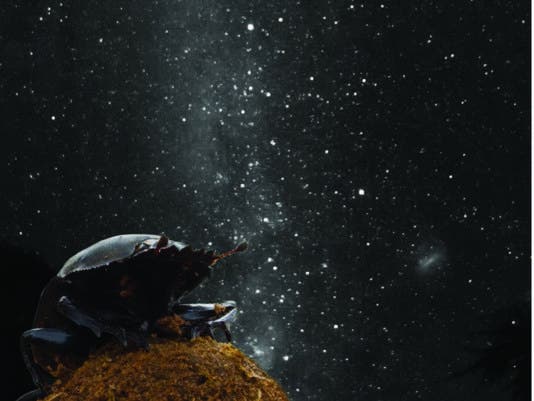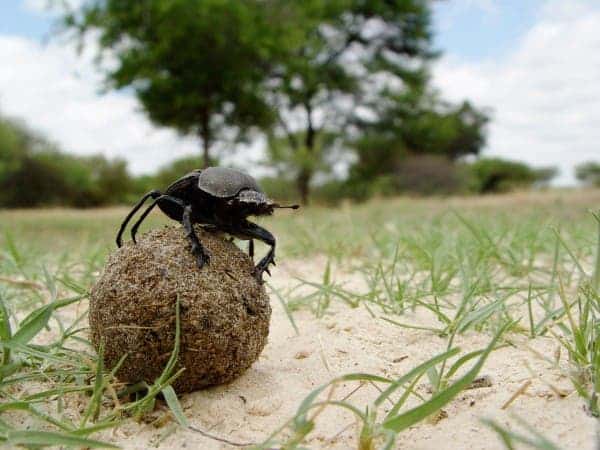
Dung beetles just climbed another ladder on the animal coolness scale – they are the only known species to navigate via the Milky Way. The tiny insects can orient themselves to the bright stripe of light generated by our galaxy, and move in a line relative to it, according to experiments conducted in South Africa.
A hard life
“This is a complicated navigational feat—it’s quite impressive for an animal that size,” said study co-author Eric Warrant, a biologist at the University of Lund in Sweden.

Dung beetles are fascinating creatures even without this: they feed entirely or partially on feces, having a special taste for cow dung. As gross as this may seem for some, it’s actually very important, as this example illustrates: in the 1960s, Australia had a big problem with cow dung – the thing was all over the place. They had brought cows from Europe, but for some reason, while in Europe the dung vanished quickly, in Australia, it just stayed and polluted countless fields. Dr. George Bornemissza, of the Commonwealth Scientific and Industrial Research Organisation understood that this happened because Australia didn’t have dung beetles, and introduced them in the country with the much needed results. Even today, the beetles has a statue to remind people of its utility.
But the thing is, life is tough in the dung business, and the ability to move in a straight line is absolutely crucial, especially as the competition for excrement is quite fierce. After they find the “food”, males craft the dung into balls and roll them as far away as possible, a tiresome and painful task; they also have to try to pick up a female along the way. The pair then buries the dung, which becomes food for their future babies.
But as it turns out, dung beetles are also quite the thieving type – it’s often that some of them will just lurk around, waiting to snatch the prize for others’ hard work. This is why it’s important for them to move away as fast as possible and don’t make any unnecessary moves.
“If they roll back into the dung pile, it’s curtains,” Warrant said.
Reaching for the stars

Scientists already knew that dung beetles can move in straight lines away from dung piles by detecting a symmetrical pattern of polarized light that appears around the sun – something which we can’t see, but they can. However, quite little was known of their orientation skills at night. So Warrant and colleagues went to a game farm in South Africa to observe the nocturnal African dung beetle Scarabaeus satyrus.
Attracting the beetles was the easy part of the job, as you could probably guess. But their initial observations were puzzling. Researchers were expecting the beetle to be able to navigate by looking at the Moon, but the little bugger did fine even in moonless nights.
“[Then] it occurred to us that maybe they were using the stars—and it turned out they were.”
But things got even better. Not only could they navigate on moonless nights, but they also did just fine on a full starlit sky as when only the Milky Way was present, confirming that they only needed a glance of the Milky Way to get by. Then, in order to confirm their results, researchers played a pretty nasty trick on the beetles, putting little cardboard hats on the study beetles’ heads, blocking their view of the sky. These guys ended up wandering about aimlessly.
Good results, bad prospects
Dung beetle researcher Sean D. Whipple, of the Entomology Department at the University of Nebraska-Lincoln, a leading authority in the field was thrilled with the results, explaining that these are “awesome results …. provide strong evidence for orientation by starlight in dung beetles.”
However, he also explained that this highlights another negative impact of light pollution, a global phenomenon that blocks out stars – as all people living in big cities (and not only) can see for themselves.
“If artificial light—from cities, houses, roadways, etc.—drowns out the visibility of the night sky, it could have the potential to impact effective orientation and navigation of dung beetles in the same way as an overcast sky,” Whipple said.
It’s likely that other species have this ability to, as researchers will try to show in the future.
Via National Geographic
Research published in Current Biology


